Buy the photo Northern lights over the Reeuwijkse Plassen by Eus Driessen on canvas, ArtFrame, poster and wallpaper, printed on demand in high quality.
About "Northern lights over the Reeuwijkse Plassen"
by Eus Driessen
About the artwork
The aurora is often seen as a light glow or moving arcs, beams or curtains of light. Sometimes above the northern horizon is an arc from which rays of light shoot up like searchlights. Very rarely, it exhibits a flaming character, showing a peculiar and relatively quick pulsating movement similar to the dancing of candle flames. Some dancing rays appear to rotate, with one ray shifting slightly to the side and disappearing, to make way for a new ray, which in turn also shifts to the side and disappears, to also make way for a new ray. This en-echelon movement can happen relatively quickly. In and around the geomagnetic zenith, the crown phenomenon can be observed, where the rays appear as if coming from or being pulled towards a single point of flight. Towards the end of an aurora, diffuse-looking islands appear, strongly reminiscent of the artificial illumination of the night sky over urbanised areas. The aurora is mainly visible at high geographical latitudes. It is therefore referred to as northern lights (aurora borealis) and southern lights (aurora australis). Since the phenomenon can only be seen during darkness and the summer light is very long at high latitudes, the phenomenon is mainly visible in winter. In the Netherlands, the northern lights are sporadically visible during exceptionally clear weather low in the northern sky.

About Eus Driessen
Passion for photography in all forms. From abandoned buildings to landscapes, from night photography to concert photography. By photographing abandoned buildings people want to take them to the hidden world behind walls where nature slowly takes back the building. And now these pictures can also hang on your wall... Read more…
 Germany
Germany Ordered in December 2021
Ordered in December 2021
 Netherlands
Netherlands Ordered in January 2020
Ordered in January 2020
 Netherlands
Netherlands Ordered in November 2020
Ordered in November 2020
 Germany
Germany Ordered in June 2025
Ordered in June 2025
 Germany
Germany Ordered in January 2021
Ordered in January 2021
 Germany
Germany Ordered in June 2019
Ordered in June 2019
 Netherlands
Netherlands Ordered in October 2021
Ordered in October 2021
 Netherlands
Netherlands Ordered in July 2019
Ordered in July 2019
 Netherlands
Netherlands Ordered in January 2023
Ordered in January 2023
 Netherlands
Netherlands Ordered in May 2021
Ordered in May 2021
 Germany
Germany Ordered in October 2021
Ordered in October 2021
 Netherlands
Netherlands Ordered in February 2025
Ordered in February 2025
About the material
ArtFrame™
Interchangeable Art Prints
- High-quality print
- Easily interchangeable
- Acoustic function
- Large sizes available
Discover the artworks of Eus Driessen
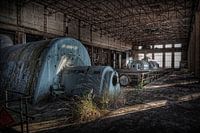 Abandoned powerplant 2 (Urbex)Eus Driessen
Abandoned powerplant 2 (Urbex)Eus Driessen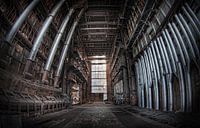 The Cathedral of the Decay (Urbex)Eus Driessen
The Cathedral of the Decay (Urbex)Eus Driessen Windows in a Russian HospitalEus Driessen
Windows in a Russian HospitalEus Driessen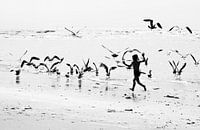 Chasing BirdsEus Driessen
Chasing BirdsEus Driessen Oasis of the Seas in RotterdamEus Driessen
Oasis of the Seas in RotterdamEus Driessen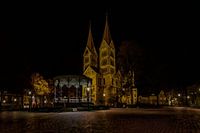 Munsterplein in RoermondEus Driessen
Munsterplein in RoermondEus Driessen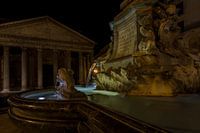 Piazza della Rotonda in Rome (color)Eus Driessen
Piazza della Rotonda in Rome (color)Eus Driessen Old Volkswagen BeetleEus Driessen
Old Volkswagen BeetleEus Driessen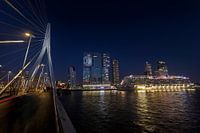 Rotterdam,Rotterdam,RotterdamEus Driessen
Rotterdam,Rotterdam,RotterdamEus Driessen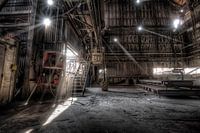 Ray of lightsEus Driessen
Ray of lightsEus Driessen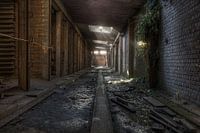 Cooling halls in an abandoned brick factoryEus Driessen
Cooling halls in an abandoned brick factoryEus Driessen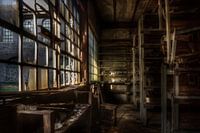 Abandoned crystal factoryEus Driessen
Abandoned crystal factoryEus Driessen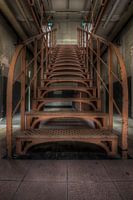 Stairs in an empty prison (Urbex)Eus Driessen
Stairs in an empty prison (Urbex)Eus Driessen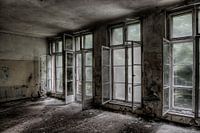 Windows in a Russian Hospital (Color)Eus Driessen
Windows in a Russian Hospital (Color)Eus Driessen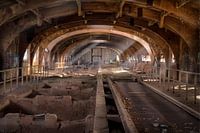 Abandoned ore bunkers from the former steel factory Terre Rouge (urbex)Eus Driessen
Abandoned ore bunkers from the former steel factory Terre Rouge (urbex)Eus Driessen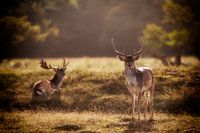 Relax in the sunEus Driessen
Relax in the sunEus Driessen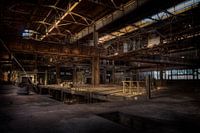 The abandoned sinter factoryEus Driessen
The abandoned sinter factoryEus Driessen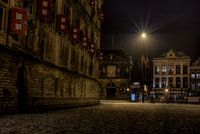 The weigh house and the Gouda town hall in the snowEus Driessen
The weigh house and the Gouda town hall in the snowEus Driessen Berlin MetroEus Driessen
Berlin MetroEus Driessen The South Limburg landscapeEus Driessen
The South Limburg landscapeEus Driessen
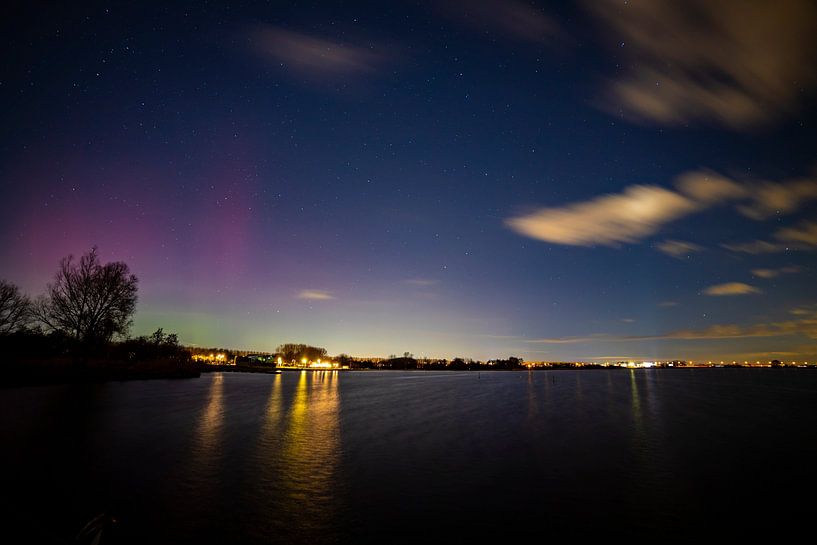


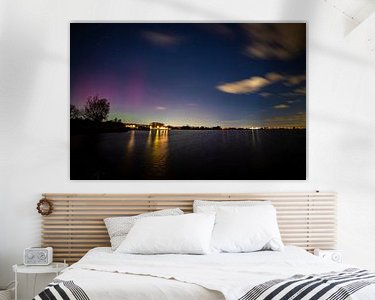


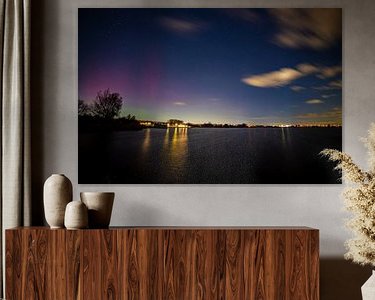


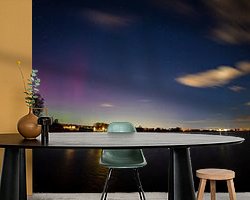



 Astrology and Space
Astrology and Space Mysterious Spheres
Mysterious Spheres Night photography
Night photography Photo wallpaper
Photo wallpaper Photography
Photography Powerful Expression
Powerful Expression Serene Peace
Serene Peace Water
Water









